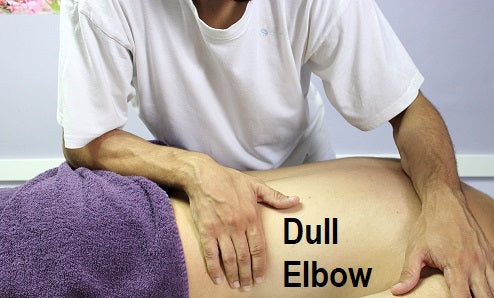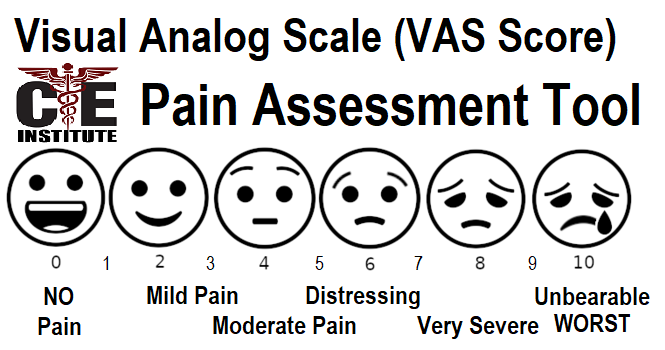Does anyone know what's pictured here below in this article? Or why that picture would be shown when discussing the root cause of a problem?

That is a water pump that was installed and made available for public service to London's population from over 200 years ago. Today, it's now walled off with an iron fence, but well preserved as part of London's history.
Do you know why an image like that from London's history is significant to the definition of root cause? It's because 40 years after that pump's installation, there was a significant cholera outbreak in a consolidated area of London; and, only one doctor was able to zero in on the source that created this rapid disease outbreak. That doctor started documenting all of the cholera illnesses and deaths on a map, and found that they circled around one of these types of public London water pumps.
England's Thames is one of the most popular rivers in the world. It was the lifeblood of England, where settlers could easily move up and down the country, and accept traders and other goods over this easily transportable body of water. Then the Thames River became England's toilet. Before modern day plumbing was created, toilets were installed along the Thame's where residents relieved themselves, then the Thames would wash the sewage away. That was until the population grew so great, that the Thames became a literal cesspool, and that grisly sewage leaked into London's water supply. One of London's water wells/pumps became particularly contaminated to the point that it was responsible for the severe cholera outbreak of 1864. Once the infected well was identified and it's pump handle was removed, there was a significant decline in cholera cases.
So what does that have to do with neuromuscular therapy which is also known as NMT?
Neuromuscular therapy (NMT) attempts to discover the root cause of whatever reason placed a client in front of a practitioner. Some clients seek massage therapy for back pain, insomnia, ambulatory issues, stress or other medical disorder. So when a client shows up to the office and receives a general Swedish massage, would they feel better? Probably? Definitely? We would say or claim almost anyone would feel better after a regular full body massage. But would a regular body massage provide long lasting relief from headaches? Or back pain? Or postural issues? The answer is no. Regular body massage usually provides temporary relief, which is why we have neuromuscular therapy for practitioners who want to dig a little deeper to that root cause of an issue.
We will compare this to London's 1864 cholera outbreak. Could doctors provide laudanum or other medical treatment while a client was dying of cholera to ease their suffering? Sure they could. But would that really help them? Of course not. According to the Mayo Clinic, over 50% of individuals infected with cholera will die if not properly treated with today’s advance in medicine. It's the same with body massage. We're providing a temporary relief, but that may not address the root cause or causation of the medical issue for why the client sought treatment in the first place. We must find the root cause of any issue to provide significant treatment to a client seeking relief.
In neuromuscular therapy, our job is to:
- ask questions
- assess posture
- measure leg lengths to look for anomalies
- visually inspect foot care and wear
- relieve trigger points
- determine if a client has lost range of motion
- elongate shortened soft tissue aka increase range of motion (ROM) with massage therapy, bodywork and stretching techniques
- much MUCH more....

Neuromuscular therapists are looking for what could be causing the issue where a client is seeking relief. Sometimes the issue is easy, such as your client is an athlete who just ran a marathon, and all of the strenuous exertion has made them seek pain relief. If we only had clients that were all as easy as this scenario.
Some of our clients are seeking massage therapy because modern medicine has failed them. They have some type of pain or disorder that several doctors have already missed or dismissed, and the client is still seeking answers, and is now sitting in front of you. Neuromuscular therapists are investigators. Our job is to look for a root cause of whatever the client suffers from, and then:
- provide skillful soft tissue manipulation as needed
- provide recommendations within their scope of practice, such as: your shoulder would probably feel better if you didn't carry that twenty pound purse on it all day
- provide referrals to other medical professionals as needed (i.e. From looking at your feet and then the wear pattern on your shoes, you might benefit from some orthotics. Let’s have you meet with a podiatrist to see what they think, while I simultaneously try to increase your circulation to your lower leg cramps and relax some of soft tissue restrictions.) and much MUCH more....
Here's an example of seeking a root cause with a client who is experiencing headaches with unilateral neck pain. If you observe them turning their head every time you speak, ask them if they hear better in the ear that they are turning towards you. If yes, refer them to an audiologist for a hearing check. If their hearing is properly restored, perhaps they'll stop constantly turning their neck to one side which might be causing that unilateral cervical pain with headache. Once you've relieved their trigger points, released soft tissue restrictions, restored range of motion or whatever else is obtainable, you will likely have addressed that client's root cause of their medical problem as well as provided some much needed relief.
When a medical issue such as chronic or worsening headaches with increasing cervical pain is presented to a doctor, they might order tests to rule out a fatal obvious problem such as blood clots. They could order MRIs, cat scans, or other life threatening potential causes, but do you think a doctor takes the time to really evaluate a client today? Most do not have the time to sit and have a meaningful conversation with a client, asking questions and watching or evaluating different soft tissue ailments, or the client’s overall body mechanics in general. That’s where a neuromuscular therapist can help. It is our job to evaluate the client’s body mechanics and more, to try to get to the root cause of their issue and address it.
Now some might think NMT practitioners will have less clients because they resolve a root cause to the point that a client may no longer need to see them, but that's just not the case. That’s because people love to talk. When someone shares that a therapist relieved pain that four different doctors couldn't, just get ready for massive referrals and more medical problems to present themselves with new clients at your pain relief establishment!
In today's hands-on therapeutic practices, we want to continue the work that was extraordinarily defined with this example of a cholera outbreak over 200 years ago. We need to get to the root cause or causation of medical problems to really help our clients with a more holistic approach. While most medical practice today is transactional, where one issue is treated which could cause four more issues, we want to be different. Let's treat the root cause of medical issues with neuromuscular therapy to help our clients even more.






















